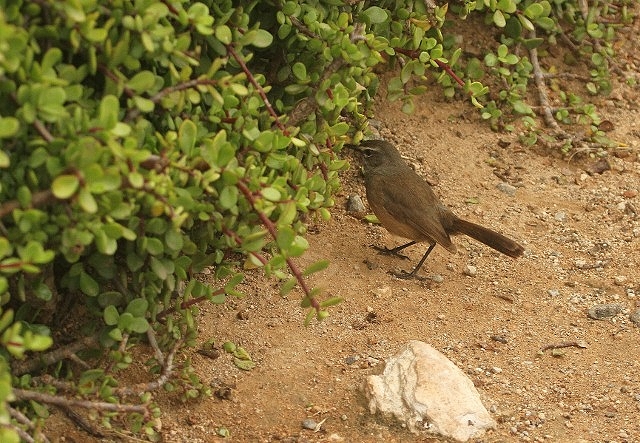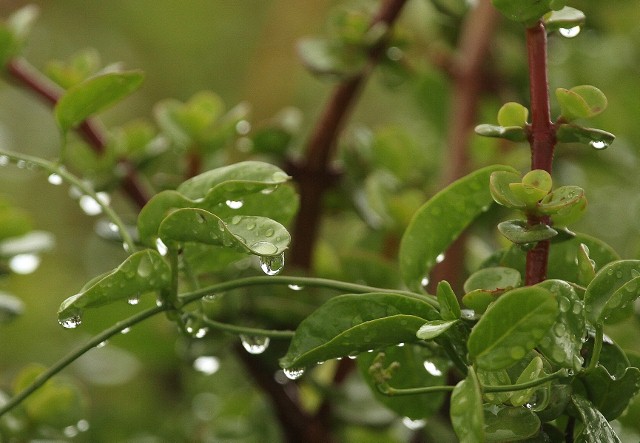Index to Trees & Shrubs in the Order Caryophyllales
Family: Portulaceae (Purslane or Portulaca Family)
104. Portulacaria afra Porkbush, Elephants Food https://africawild-forum.com/viewtopic.p ... 53#p171453
Africa Wild Tree & Shrub Book - Order Caryophyllales
Moderator: Klipspringer
- nan
- Posts: 26436
- Joined: Thu May 31, 2012 9:41 pm
- Country: Switzerland
- Location: Central Europe
- Contact:
Re: Africa Wild Tree & Shrub Book - Order Caryophyllales
104. Porkbush, Elephants Food Portulacaria afra (Spekboom)
Order: Caryophyllales. Family: Portulaceae


Addo Elephant National Park
Description
The porkbush is a soft-wooded evergreen, semi-evergreen upright succulent shrub or small tree that can reach 2 - 5 m in height, although usually around 1.5 - 2 m in a garden situation. It has small round succulent leaves and red stems. Small star-shaped pink flowers are borne en masse from late winter to spring although flowering in cultivation is often erratic. They are a rich source of nectar for many insects, which in-turn attracts insectivorous birds.
Distribution
Not endemic to South Africa. From the Eastern Cape northwards into KwaZulu-Natal, Swaziland, Mpumalanga and the Limpopo Province as well as Mozambique.
Habitat
It is found in warm situations on rocky slopes in succulent karoo scrub, thicket, bushveld and dry river valleys in the eastern parts of South Africa.
Links: Ernst Schmidt, Mervyn Lotter, Warren McCleland: Trees and Shrubs of Mpumalanga and Kruger National Park; Braam Van Wyk, Piet Van Wyk: How to Identify Trees in Southern Africa; Val Thomas, Rina Grant: Sappi Tree Spotting: Kwazulu-Natal and Eastern Cape
Order: Caryophyllales. Family: Portulaceae


Addo Elephant National Park
Description
The porkbush is a soft-wooded evergreen, semi-evergreen upright succulent shrub or small tree that can reach 2 - 5 m in height, although usually around 1.5 - 2 m in a garden situation. It has small round succulent leaves and red stems. Small star-shaped pink flowers are borne en masse from late winter to spring although flowering in cultivation is often erratic. They are a rich source of nectar for many insects, which in-turn attracts insectivorous birds.
Distribution
Not endemic to South Africa. From the Eastern Cape northwards into KwaZulu-Natal, Swaziland, Mpumalanga and the Limpopo Province as well as Mozambique.
Habitat
It is found in warm situations on rocky slopes in succulent karoo scrub, thicket, bushveld and dry river valleys in the eastern parts of South Africa.
Links: Ernst Schmidt, Mervyn Lotter, Warren McCleland: Trees and Shrubs of Mpumalanga and Kruger National Park; Braam Van Wyk, Piet Van Wyk: How to Identify Trees in Southern Africa; Val Thomas, Rina Grant: Sappi Tree Spotting: Kwazulu-Natal and Eastern Cape
Kgalagadi lover… for ever
https://safrounet.piwigo.com/
https://safrounet.piwigo.com/


